ResilientRx: Modern Physical Therapy
Physical Therapy for Foot and Ankle Pain
Receive 1:1 care by a Doctor of Physical Therapy and live pain-free again.
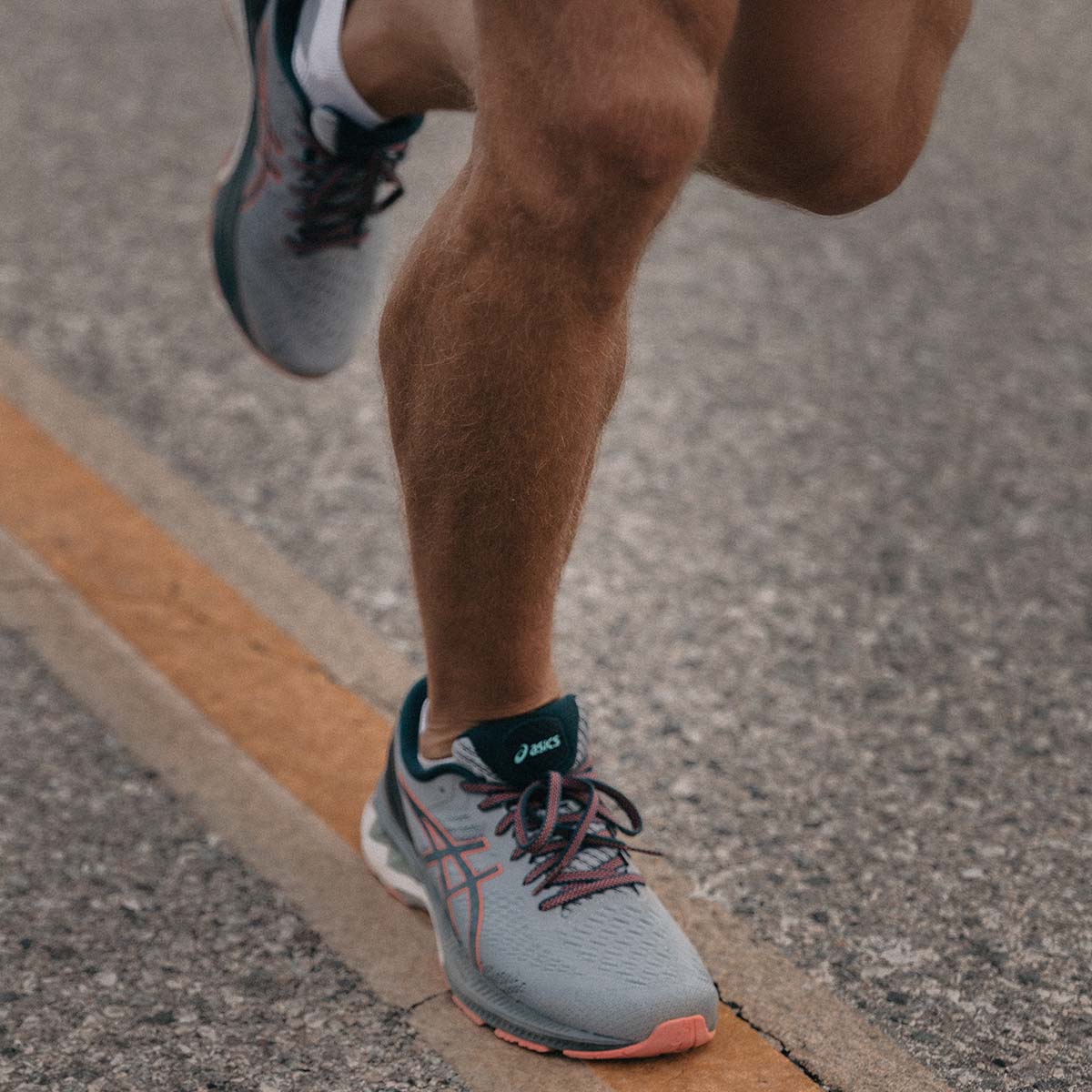
ResilientRx: Modern Physical Therapy
Physical Therapy for Foot and Ankle Pain
Receive 1:1 care by a Doctor of Physical Therapy and live pain-free again.
ResilientRX can help you get rid of your foot and ankle pain!
Have you recently sprained your ankle? Maybe it’s a recurring problem when you run or play sports? Have you been told to simply “RICE” it and take anti-inflammatory medication? Do you have pain in the bottom of your foot as soon as you step foot out of bed in the morning? Have you been diagnosed with Achilles tendinitis?
If you answered yes to any of these questions, our practice may be a great fit for you!
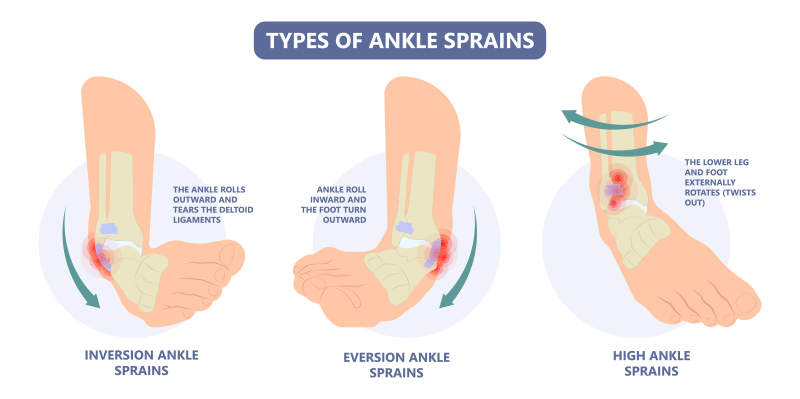
Ankle Sprains
Ankle Sprains
What Is It?
Ankle sprains are very common injuries, especially in sports such as basketball. About 85% of ankle sprains are the inversion type, or rolling the ankle to the outside. The severity of ankle sprains vary and are graded depending upon the degree of tissue involvement. The main ligament complexes of the ankle, such as the anterior talofibular ligament or ATFL, can become overstretched or torn. Ankle sprains can limit activities such as playing sports or simply walking properly. It is also common for sprains to recur after they heal. They can be treated successfully without surgery and with the proper rehab program, risk of recurrent injury can be lessened.
Many people complain of:
- Rolling their ankle to the outside
- Increased swelling around the foot and ankle
- Pain around the ankle bone on the outside (lateral side)
- Difficulty weight-bearing
Plantar Fasciitis (Plantar Heel Pain)
What Is It?
Plantar fasciitis refers to the irritation of the connective tissue along the bottom of the foot, the plantar fascia. The plantar fascia provides natural support to the arch of the foot and acts as a shock absorber. Plantar fasciitis is now more commonly referred to as plantar heel pain because it often occurs without tissue inflammation. People often experience plantar heel pain as a result of overuse or repetitive strain. Risk factors for developing plantar heel pain include elevated BMI, tightness or weakness in the calf muscles, and poor ankle mobility. While things like rest, bracing, taping and injections can help calm the pain, it often does not solve the issue. Working on lower leg and foot strength & flexibility will help longterm and prevent recurrence.
Many people complain of:
- Stabbing pain in the bottom of the heel first thing in the morning or after long rest period
- Tight calf muscles
- Pain when walking barefoot in their home
- Pain after a sudden increase in activity (i.e. running after not being after for a while)
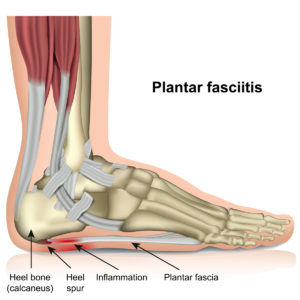
Plantar Fasciitis
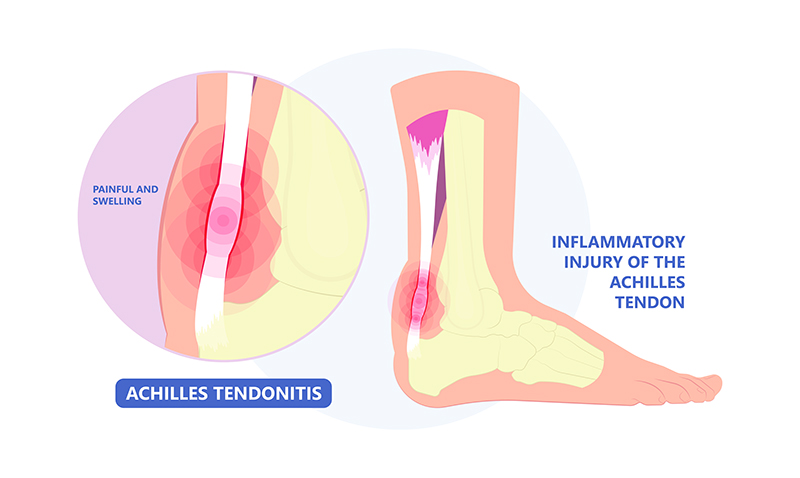
Achilles Tendinitis
Achilles Tendinitis
What Is It?
Achilles tendinitis, also known as achilles tendinopathy, is another common overuse injury caused by repetitive strain and compression. The achilles tendon is the biggest and strongest tendon in the human body because it has the capacity to handle large amounts of force. The gastrocnemius and soleus muscles (referred to as the calf muscles), join together to form the achilles tendon which inserts into the bottom of the calcaneus, or heel bone. The tendinopathy can occur anywhere along the tendon – from the insertion point into the heel bone or further up along the mid-portion of the achilles tendon. Recovering from achilles tendinopathy consists of gradually loading the tendon in an optimal way, so that it can effectively transmit the force the runs through it, such as when running or sprinting.
Many people complain of:
- Pain and tenderness anywhere along the achilles tendon
- Feeling better when their heel is elevated (i.e. wearing wedges)
- Increased pain with prolonged standing or walking
- Pain when they do a calf raise (push up on their toes)
Peroneal Tendinitis
What Is It?
Peroneal tendinitis, or tendinopathy can occur suddenly or be a chronic issue. The peroneal tendons are located on the outside of the lower leg along the tibia (shin bone) and insert into the bottom of the foot. Peroneal tendinitis often occurs in runners, dancers, and basketball players – sports that require repetitive motion, jumping, and frequent changes in direction. Factors that contribute to peroneal tendinitis include chronic inversion ankle sprains, tight calf muscles, poor biomechanics of the foot, and training errors. Like other tendinopathies of the lower leg, peroneal tendonitis responds well to progressive strengthening, flexibility exercises, and improving foot & ankle biomechanics.
Many people complain of:
- Pain on the outside part of their ankle, foot, or heel
- Pain when they walk, run, or sprint
- Pain when raising up on their toes
- Pain that progressively worsens with more activity
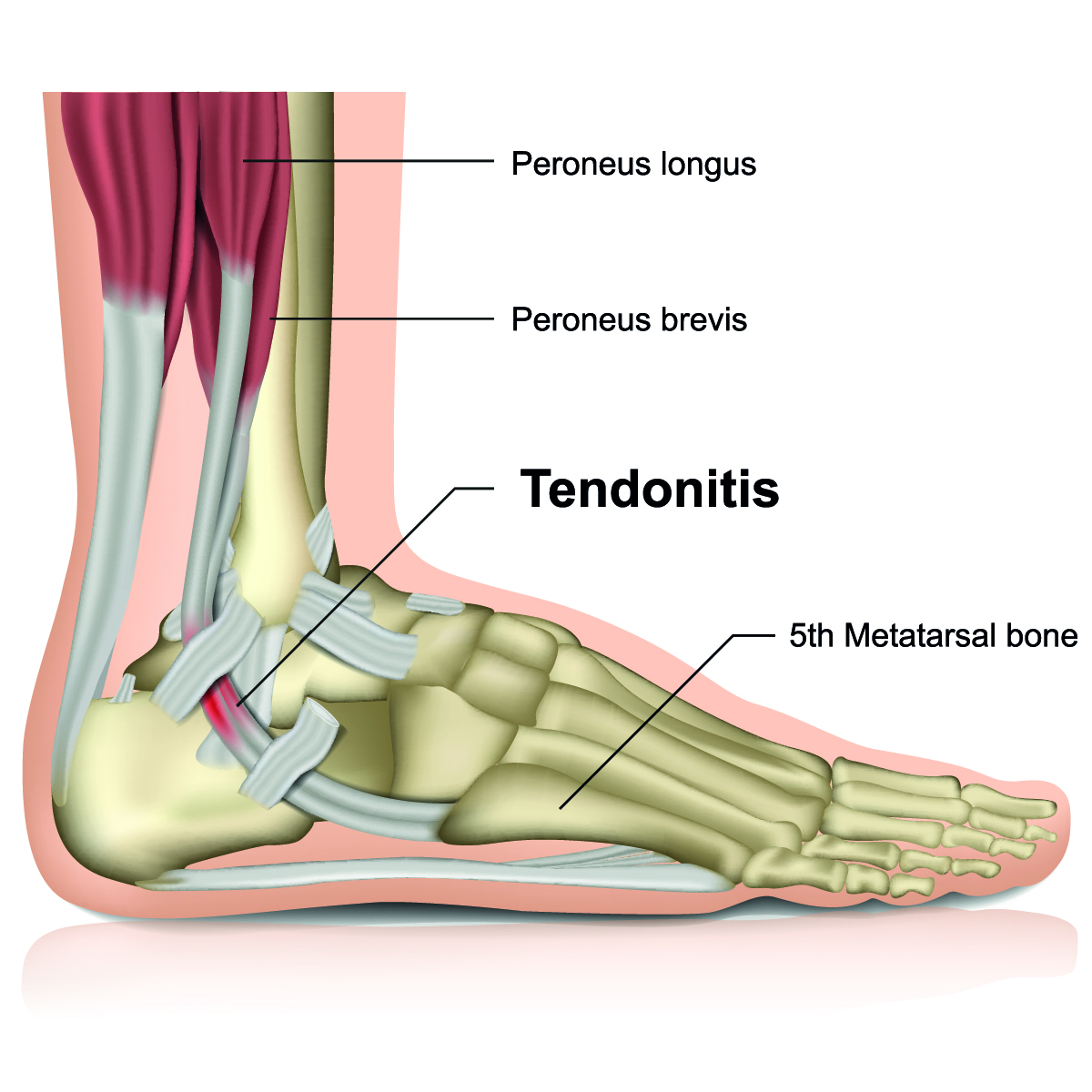
Peroneal Tendinitis
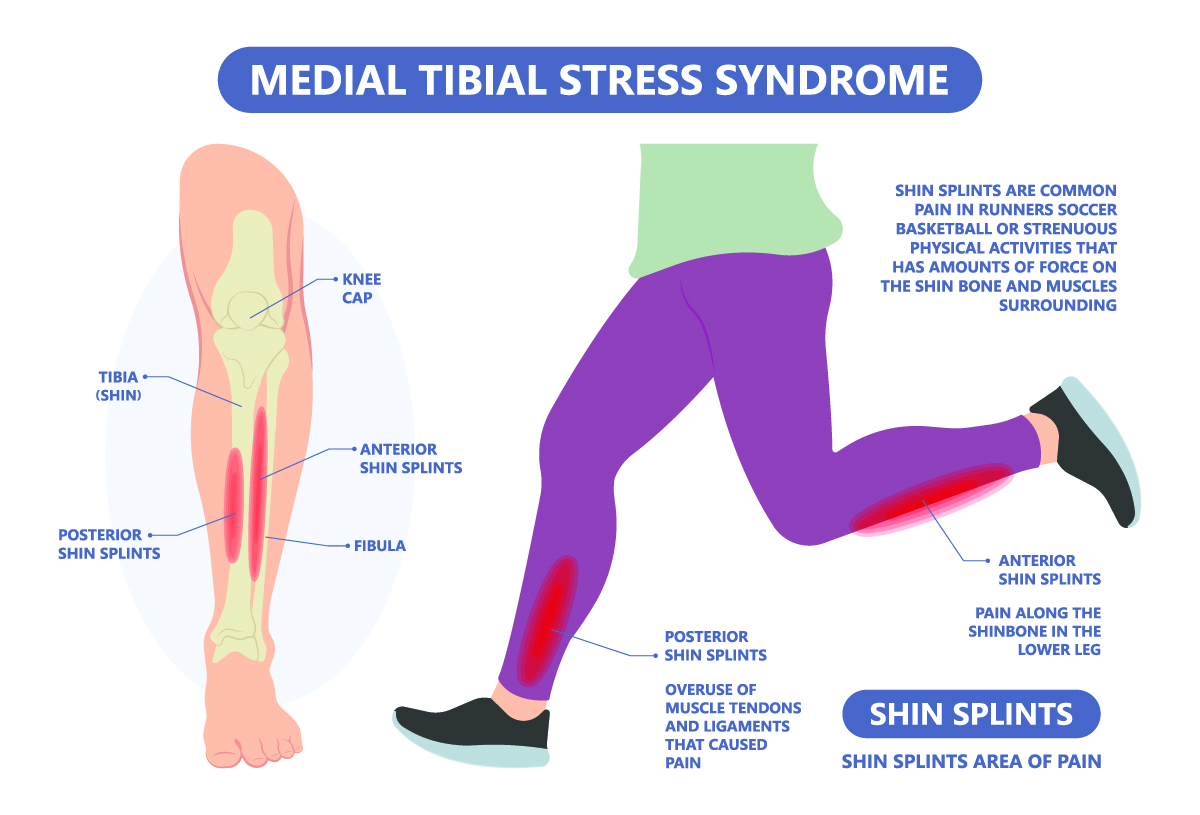
Shin Splints
Shin Splints
What Is It?
Shin splints or medial tibial stress syndrome is defined as an exercise-induced pain along the front of the tibia bone. It’s caused by receptive stress and loading during running and jumping, especially on hard surfaces. It is caused by excessive use of the flexors of the foot like tibialis anterior muscle, which raises the foot upward. Other contributing factors are weak calf muscles and inefficient running mechanics.
Many people complain of:
- Dull to sharp pain in the muscles in the front of the shin
- Both shins often being symptomatic
- Pain that occurs at the beginning of a run, subsides, then returns after stopping
- Pain that is present for hours or days when symptoms are more severe.

